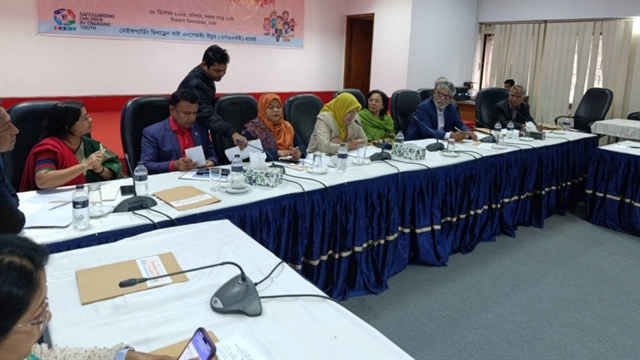 Environment
Environment


|
| Rao Trang 3 hydropower plant got hit by a landslide on October 12. VNA/VNS Photo |
Việt Nam has abundant forest resources, but there are many ongoing problems relating to forest protection. Triệu Văn Hùng, Chairman of the Viet Nam Forest Science Technology Association, talks to Viettimes about the issue
Given the flooding in the central region recently, it could be said that one of the reasons is the development of hydroelectricity as hydropower seems to be the cause of the decreasing forest area. What do you think?
Hydropower development is an environmental trade-off for economic development. For many years, we have often heard leaders talking about not exchanging the environment for economic development, but in fact, there is a trade-off because otherwise economic development cannot be performed. However, we cannot make any trade-offs at any cost. A trade-off with a too high price is not advisable because when it comes to the knowledge of the people, it might be too late.
When investors develop hydroelectricity, they’ve got to get a permit from the State management agency, sometimes at the provincial or ministerial level. That means the authorities must have allowed them to do so.
What do you think about the contribution of experts in this process?
It is true that associations have the responsibility of social counselling, assessment and criticism. But in many circumstances, the opinions of associations and experts are not considered as important as those from State management agencies.
I think the contributions of science associations' advisory, critical and social assessment is still very limited because currently, for large and small projects, there is no mechanism that requires comments from professional associations and professional associations. And in fact, associations with their large teams of experts can only issue recommendations for consultation, and their recommendations are not binding.
How can forest management mechanisms be made effective?
Forests in Viet Nam today are managed by many units, including State organisations like state forestry enterprises, households, private individuals and joint-stock enterprises, and there are also forests that are allocated to communities for management. Forests allocated to communities are managed and protected by local communities.
Whether the allocation of forests to the community for management is effective or not depends on specific circumstances. There are places where people manage them very well. If anyone cuts down trees, they know immediately. But there are also places where the management is not very good. If the localities have conventions and traditions closely related to the forest, the local people's management is often better and self-conscious. Even those who violate will be boycotted by the community. That, in my opinion, is even more effective than the law.
However, for forests with many valuable kinds of trees, it is totally possible that many people in the community, because of their livelihoods, cut down the trees illegally or lend a hand to loggers.
But we must also clearly be aware that those who go to the forest to exploit timber and transport timber illegally are actually just hired labourers for loggers. The problem is that we have to take the bosses of the illegal logging rings seriously.
What do you think about our total forest area compared to 1975?
In terms of the total forest area compared to 1975, we have achieved remarkable success in forest protection and development. In 1975, the rate of forest cover in our country was about 34 per cent and now it is 42 per cent, there is a clear increase.
The only thing is the quality of the forest is not as expected. It can be said, planted forest today is superior because there is investment from businesses and many other sources, not just depending on the budget under the previous 327 or 661 programmes. The planted forests invested in by enterprises are of much better quality due to more professional investment.
But for natural forests, there is not much value in it. The value of biodiversity conservation is also poor. We need to request investors who build hydroelectricity projects that cause deforestation to replace the lost trees with new ones. But we should not get too excited about the numbers achieved. Because if the forests destroyed are primitive and then we plant mainly acacia, eucalyptus and pine, we won’t be able to make up for the lost biodiversity.
It should be added that there must be forests, especially natural forests, for animals to have conditions to live in. In addition to protecting forests so animals can live, we must also make great efforts to prevent the wildlife trade. The wildlife trade can be super profitable, even more so than drugs. This is a global problem, not just in Việt Nam. VNS




